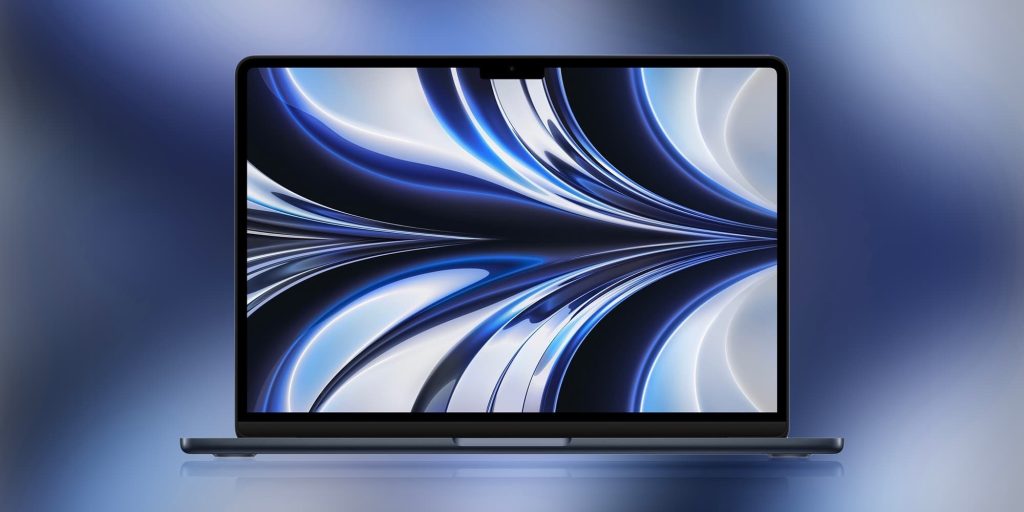
We’ve already talked in-depth about Apple’s plans to release an iPad Pro with an OLED screen. At the same time, however, Apple is also working on its first MacBook with an OLED display. Head below as we round up everything we know about the upcoming OLED MacBooks right now…
Why OLED?
Currently, Apple sells MacBooks that use either LCD or mini-LED displays. The MacBook Air and 13-inch MacBook Pro use LCD screens. The 14-inch and 16-inch versions of the MacBook Pro use mini-LED screens. As we’ve pointed out before, a lot of people have questions about why Apple is planning to transition to OLED just over a year after releasing the first MacBook Pro with mini-LED.
As a refresher, mini-LED is an alternative to OLED that is worse in some ways and better in others. Many experts will tell you that OLED screens are superior to mini-LED because of the much better black levels. This is because the pixels themselves are the things producing the light, so when those pixels need to be black, they can be turned off entirely.
But unlike the iPad lineup, where the iPad Pro will swap its mini-LED screen for OLED as soon as next year, the story is a bit different on the MacBook side of things.
The first MacBook with an OLED screen

According to current rumors, the first MacBook to make the switch to an OLED display will be the MacBook Air. The MacBook Pro, meanwhile, is expected to retain its mini-LED display for a while longer.
Most recently, this was reported by reliable Apple analyst Ross Young. According to Young, the MacBook Air will be the first Mac to switch to an OLED display. The MacBook Air with OLED could be released as soon as sometime in 2024, according to the analyst.
Furthermore, Ming-Chi Kuo has also reported that the first OLED MacBook will be released in 2024 “at the earliest.” In particular, Kuo explained why the MacBook Air will be the first to switch to OLED, rather than the MacBook Pro. “Compared to mini-LED, laptops that use OLEDs have the advantage of being thinner and lighter and offering more diverse form factor design options,” Kuo says.
Being as thin and light as possible is far more important for the MacBook Air than it is for the MacBook Pro. This gives Apple the ability to focus on upgrading the MacBook Air’s display technology first, then focus on the MacBook Pro (which already has an impressive display in its own right).
The MacBook Air will reportedly use an OLED technology referred to as “tandem stack.” This is a type of cutting-edge OLED technology that can improve the display’s longevity, improve power efficiency, and increase brightness.
One thing to keep in mind: the branding here could prove to be tricky. It’s possible that this ultimately isn’t released as a “MacBook Air.” It could be branded as a “MacBook” or even a new 13-inch variant of the MacBook Pro. What’s clear, however, is that the first MacBook with an OLED display will be a 13-inch model of some sort.
Follow Chance: Twitter, Instagram, and Mastodon
FTC: We use income earning auto affiliate links. More.


Comments